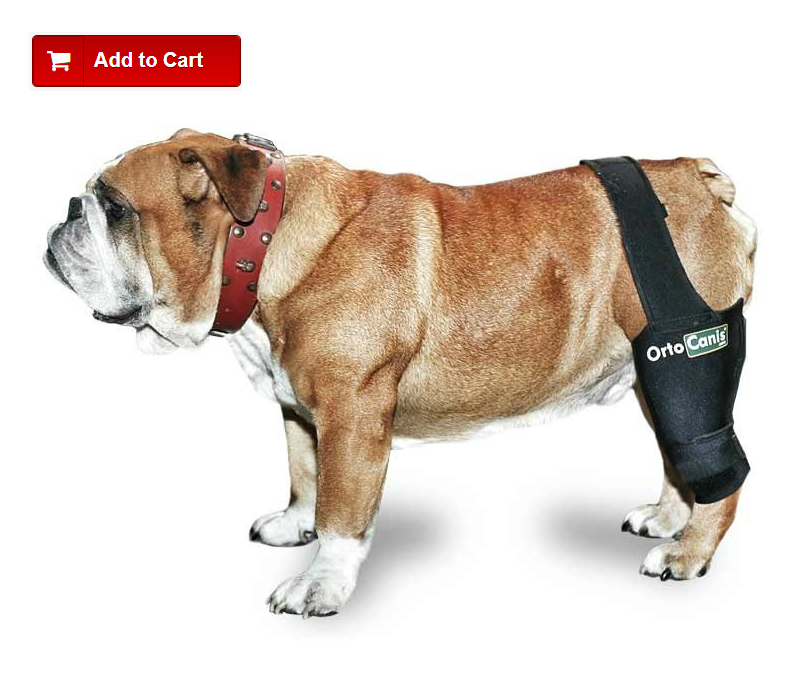Improving the musculature of a dog's hindlegs is interesting for both dogs undergoing rehabilitation as well as healthy dogs that may experience weakness in these limbs.
The initial evaluation of the dog will check to see if the muscle mass, apart from atrophy, is tense or flaccid. If we see that there is muscle tension then it is advisable to start the rehabilitation using massage to relax the tension in the muscles, or as an alternative we can use TENS or apply heat. On the other hand, if we observe weakness and flaccidness, then we should start the rehabilitation process using electrostimulation or light muscle toning exercises.
Going for walks is the easiest way of starting rehabilitation, however it is very important that the animal is always pain-free. If the dog is in pain you should take them to the vet and, if necessary, administer anti-inflammatories in order to solve the problem. Treatment using TENS can also be effective for eliminating pain during walks.
Next we will look at how your dog walks. If the dog normally uses their front legs, then exercises for strengthening the hindlegs will be almost useless.
It is important to get the dog working with their back legs. This can be achieved by walking the dog on a short leash and indicating to them the need to bear their weight on the rear. It is going to be practically impossible if the dog has any pain in the hip, knee or any other structure of the hindquarters.
Squats (or making your dog sit and stand) is going to be another useful exercise; we should save this exercise for when the dog is not experiencing pain in the hindlimbs and when their muscular mass is strong enough to endure this exercise, otherwise we can use a rear support harness to help our dog with standing up.
Exercising on a treadmill in water is one of the best exercises as it strengthens the musculature that protects the joints. Walking up hills is another great exercise to do. The inclination of the slope is going to be even more demanding on the dog's hindquarters, which will have to work harder, and as a result, the muscle power of the dog's rear-end will increase.
During the last stages of treatment, weights for muscle strengthening in dogs can be used.
There are several solutions that can help us to improve how we perform these exercises so that our dog feels stronger and executes them out correctly, thus increasing the strength in their rear-end. Some of these solutions include the use of a knee brace, hock brace, hip supports, and booties or feet protectors if they have problems in the plantar zone or for when they are on very slippery surfaces at home, such as wooden floors or stoneware.


